Discover how DP Eric Gautier used Kodak 35mm to deliver an emotional, sensuous period aesthetic on 'The Mercy'
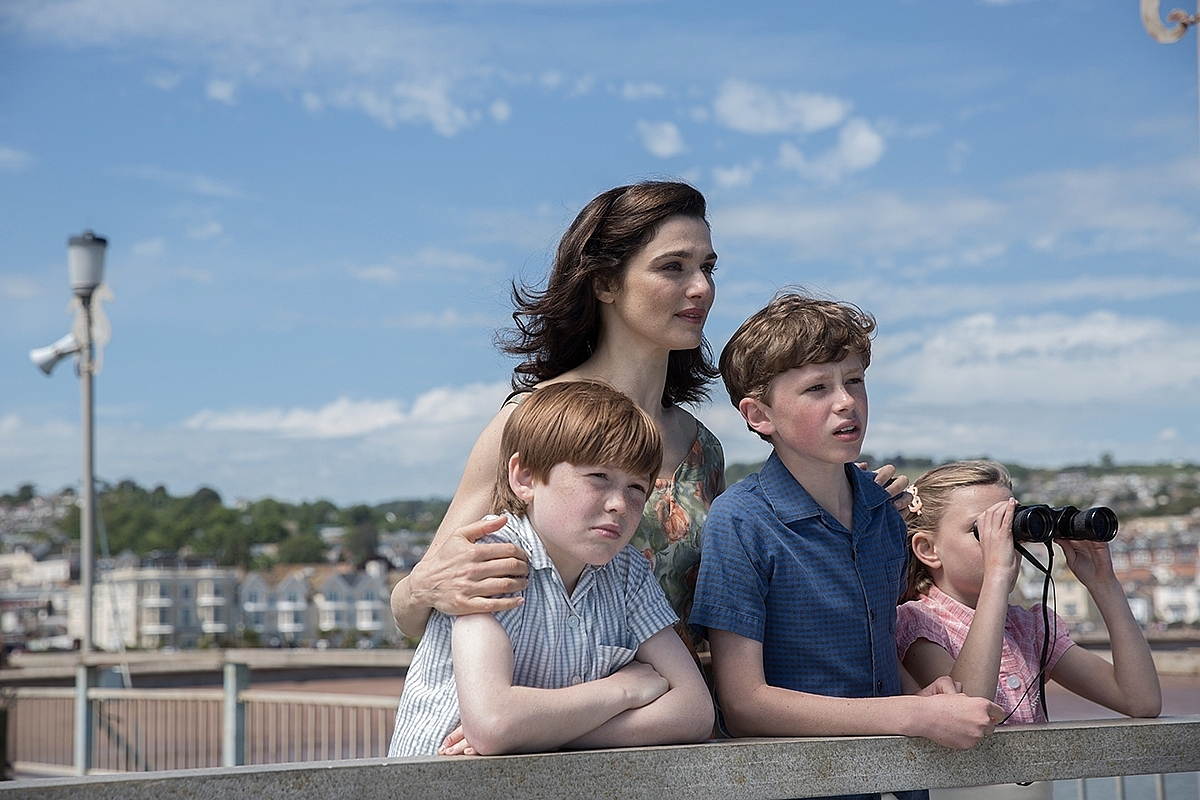
Rachel Weisz as Clare Crowhurst, and her children, in "The Mercy", directed by James Marsh, shot on Kodak. © StudioCanal/Blueprint Pictures/BBC Films. All rights reserved.
Shot on Kodak 35mm by French cinematographer Eric Gautier AFC, The Mercy is based on the true story of British businessman and amateur sailor Donald Crowhurst and his ill-fated attempt to win the inaugural, non-stop, round-the-world Sunday Times Golden Globe yacht race in 1968.
The low-budget Studio Canal/BBC Films production, directed by James Marsh, chronicles the complex and conflicted psychological state that Crowhurst (Colin Firth) confronted during his epic voyage, after he secretly abandoned the race and reported false positions to appear to complete the circumnavigation, while his wife Clare (Rachel Weisz) and children waited anxiously at home for his return. Evidence from his personal records, found after his disappearance, indicates that his voyage ended in insanity and suicide.
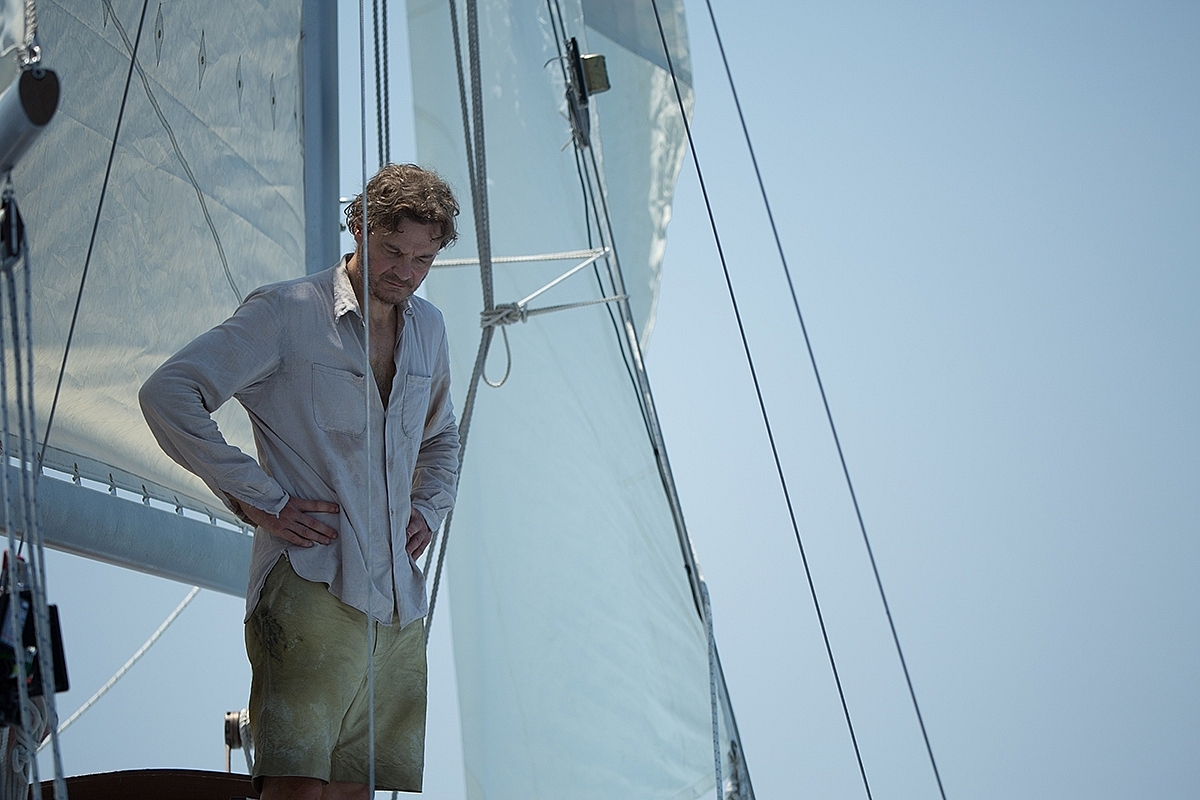
All at sea… Colin Firth as Donald Crowhurst in "The Mercy", directed by James Marsh, shot on Kodak. © StudioCanal/Blueprint Pictures/BBC Films. All rights reserved.
Principal photography on the film took place on land and at sea around Teignmouth in Devon. Filming also took place in Malta, where ocean scenes were shot in the water tanks at Mediterranean Film Studios in Kalkara and on the open sea. A replica of Crowhurst’s boat, a 40-foot trimaran named the ‘Teignmouth Electron,’ was built for the production. Due to the cramped interior of the vessel, separate interior sections of the boat were constructed, and the action was filmed on a sound stage in West London. Cinelab in London was responsible for the negative processing.
“As I discussed the story and script with James, it very quickly became obvious that sensuality was key,” said Gautier, whose previous celluloid productions include The Motorcycle Diaries (dir. Walter Salles), Into The Wild (dir. Sean Penn) and Intimacy (dir. Patrice Chéreau). “We wanted to feel the emotions – such as fear, love, madness – of the human beings in this story; to capture the natural beauty of the sea and the skies; as well as the cold and heat of the different climactic conditions. It was all about skin tones and nature. I knew that only film would be right and digital would never be as good in capturing these vital, sensual visual ingredients.”
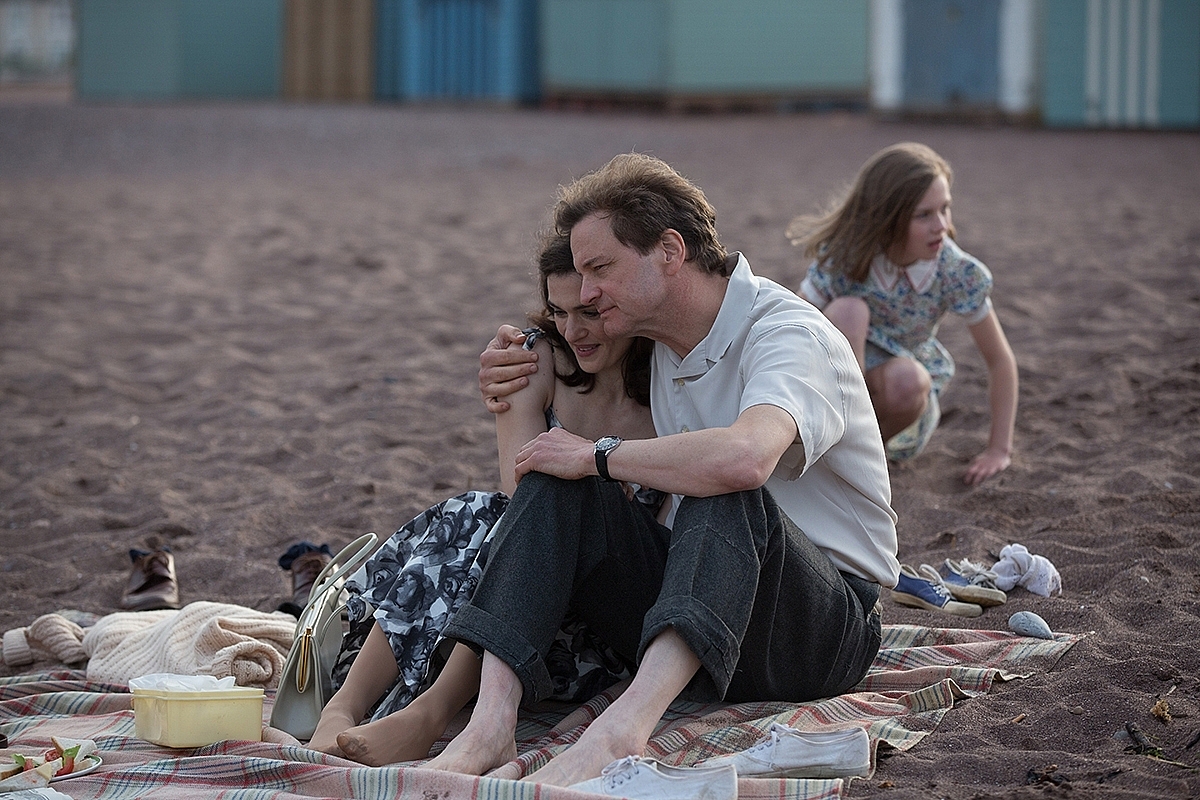
Colin Firth and Rachel Weisz as Donald and Clare Crowhurst in "The Mercy", directed by James Marsh, shot on Kodak. © StudioCanal/Blueprint Pictures/BBC Films. All rights reserved.
Amongst the visual references for the production, Gautier notes that Chris Menges’ use of natural or minimal light for end-of-day seaside and interior scenes in Local Hero (1983, dir Bill Forsyth) proved a strong inspiration. “I did not want the image to be too contrasty or sharp. For me, the cinematography was more about naturalistic storytelling through the texture and the feeling of the filmed image than it was about lighting beautiful images.”
Gautier says the aspect ratio was also a fundamental consideration for The Mercy, and he chose to shoot the production widescreen 2.35:1 using old spherical Zeiss lenses. “Because of dominance of the sea in this story, we wanted a simple horizontal format with a sense of epic, but without sophisticated beauty of the Anamorphic look,” he says.
While hair, make-up, costume and props all contributed to the period setting, Gautier was also keen to use particular attributes of 35mm in combination with the lenses, soft filtration and laboratory push and pull processing techniques to create what he describes as a “colorful-but-faded” look that would root the story in the context of the late 1960s.
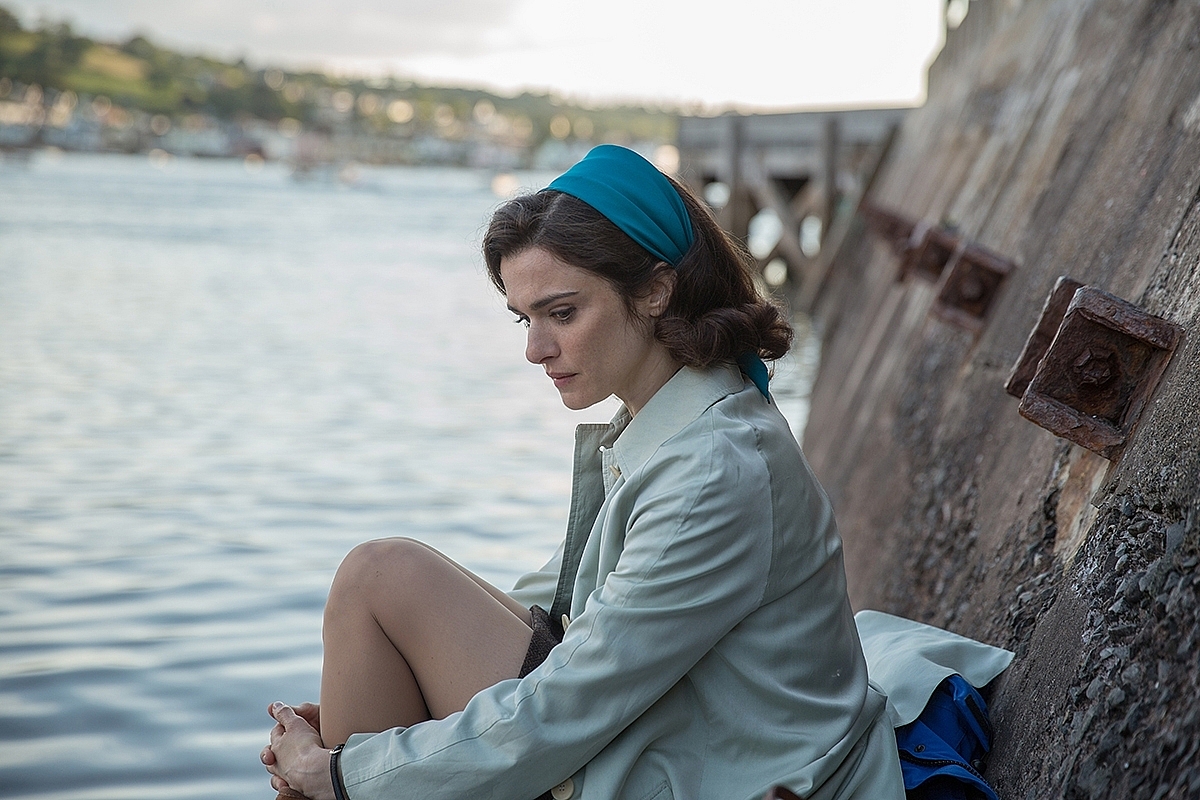
Rachel Weisz as Clare Crowhurst, and her children, in "The Mercy", directed by James Marsh, shot on Kodak. © StudioCanal/Blueprint Pictures/BBC Films. All rights reserved.
“To capture the essence of the era, I shot 2-perf Super 35mm as the height of the 2-perf frame is not far-off the original 16mm news and documentary material, and the overall look can be manipulated though exposure and lab processing to emulate the grain, texture and look of film stocks of the period. 2-perf also has the advantage of being economical,” he noted. “The old Zeiss lenses delivered a delicate texture with soft, milky blacks, while also being sensitive to flares from the sea and the sun, which I wanted to encourage. I diffused the image just a touch with Glimmer Glass to soften the highlights and Classic Soft on close-ups.”
Shooting mainly handheld with a compact Aaton Penelope 35mm camera – the first camera specifically designed for 2-perf – Gautier utilized two of Kodak’s faster stocks for most of the production, both of which were pull-processed at the lab to enhance the faded-but-colorful look he wanted. Typically, KODAK VISION3 500T Color Negative Film 5219 was used for shots of Crowhurst in day cabin interiors and all night scenes, with KODAK VISION3 250D Color Negative Film 5207 for day exteriors and especially for shots of Crowhurst’s anxious family.
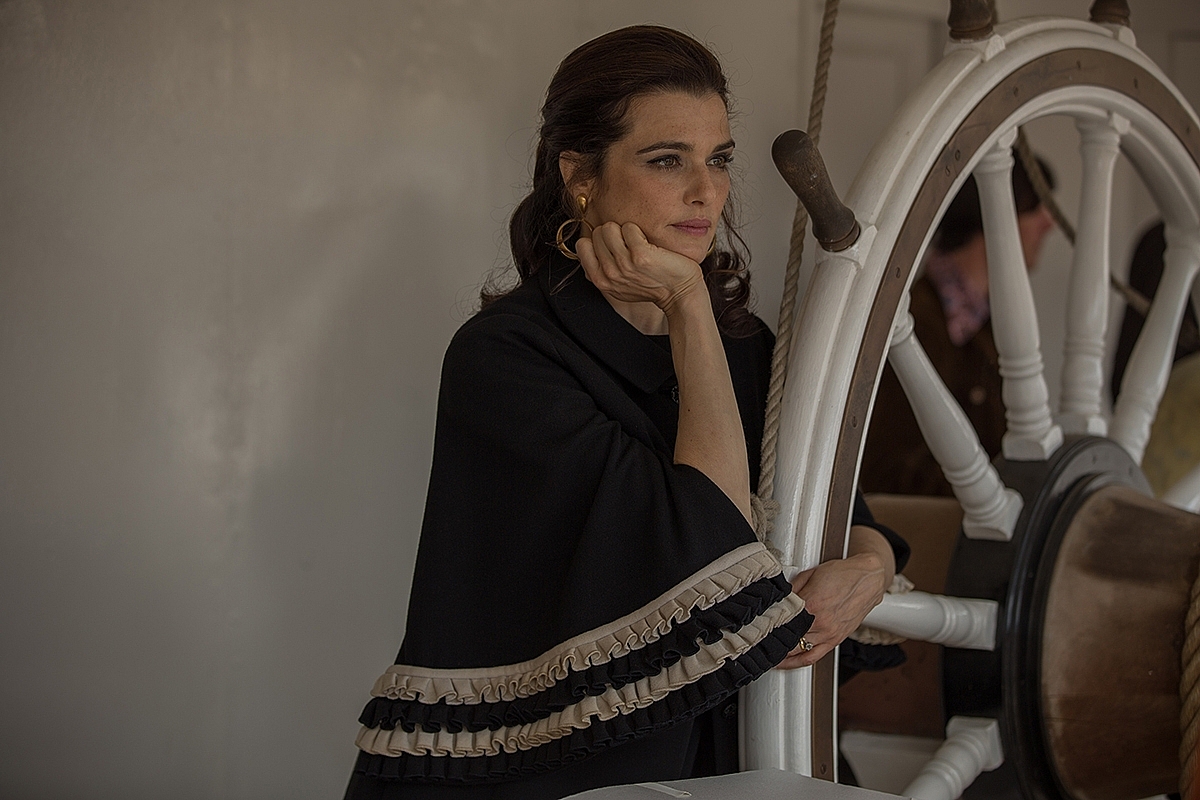
Rachel Weisz as Clare Crowhurst, and her children, in "The Mercy", directed by James Marsh, shot on Kodak. © StudioCanal/Blueprint Pictures/BBC Films. All rights reserved.
“The 5219 500T and 5207 250D both have pleasing overall contrast and color, and they match well together. With the slight under-development at the lab I got the faded, naturalistic result I wanted,” he said.
However, to represent Crowhurst’s increasingly desperate situation at sea, Gautier took a different path. As he explained: “Lost in the middle of the vast ocean but desperate to win the race, Donald’s mind went somewhere else. I decided to represent his increasing delirium – the strange connections he began to feel with the sea, the sky and the cosmos – with a much stronger look that would became all the more powerful when these shots were intercut with the naturalistic scenes of his family on dry land.
“So I filmed these scenes using KODAK VISION3 5203 50D, as it is naturally vivid and has higher contrast than the other stocks. As this part of the story progresses, I had the successive takes push-processed by one stop, then two stops, at the lab. This over-development of the negative resulted in a progressive increase in saturation and contrast with ever-more violent colors, deeper blacks, deeper blue skies, and a sharper image with increased grain. Of course, you could try all of this with digital, but the results would be hard to achieve and would look ugly. Film is so much more interesting and pleasing.”
He concludes: “I think film was brilliant for this production. It gives you a nice, wide palette of colors, and it is just better at the subtleties when it comes to the intimacy of a close-up, the rendition of skin tones, and the depiction of the natural sea and sky. If you try to make digital look like film it is always disappointing. So, it just makes perfect sense to start with film in the first place.
“I am happy we have the choice for film, happy that Kodak is so supportive of filmmakers. I would love more directors, producers and cinematographers to actively make the choice for film too, to keep it alive for us all.”